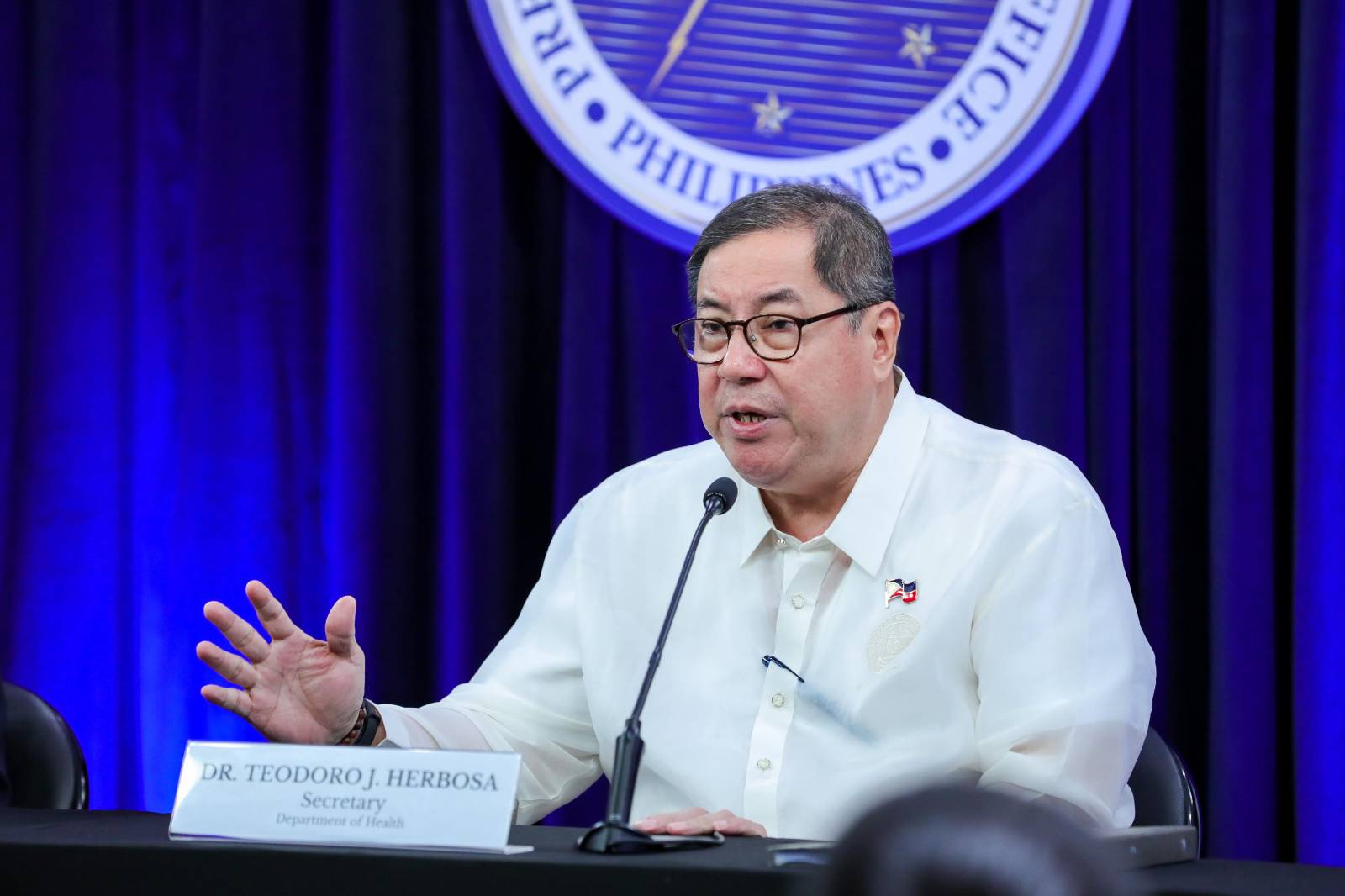
By Ruth Abbey Gita-Carlos | Philippine News Agency
President Ferdinand R. Marcos Jr. has approved the allotment of P7.9 billion for the Department of Health’s (DOH) national immunization program, Health Secretary Teodoro Herbosa announced on Tuesday.
Marcos gave the approval during a sectoral meeting with DOH officials led by Herbosa at Malacañan Palace in Manila on Tuesday.
In a Palace press briefing after the sectoral meeting, Herbosa said the approved budget was higher than the previous P6.4 billion budget allotted for the DOH’s immunization program.
“Naibigay ni Presidente ’yong aking ni-request na full budget. First time po ito. Lagi pong 60% to 70% lang nang hinihingi [ang inaaprubahan]. But this is the first time our President really allocated P7.9 billion—para sa mga pambili lang ng mga bakuna lamang po iyan,” he said.
Herbosa said the DOH, in partnership with the Department of Education (DepEd), would also launch the nationwide “Bakuna Eskwela” campaign on October 7, in an effort to strengthen the national immunization program and address the decreasing immunization rate in the country.
He said the Balik Eskwela program covers Grades 1, 4, and 7 students in all public schools nationwide.
Under the school-based immunization program, vaccines for human papillomaviruses (HPV), measles, rubella, tetanus, and diphtheria will be administered to students, Malacañang Press Briefer Daphne Oseña-Paez said.
Herbosa clarified that the vaccination is not mandatory and still needs parents’ consent.
“Kailangan pa rin ng parental consent. Of course, right of refusal pa rin,” he said.
“And then, ang usual process naming, ’pag may nag-refuse na parents, ’yong health workers na namin ang pumupunta at ini-interview, tinatanong bakit ayaw magpabakuna. And then we try to convince them, baka maling information, maraming nababasa sa social media,” he added.
Herbosa said students from private schools may also avail of the vaccination drive, stressing he would make sure that “the program will not refuse any child.”
‘Big catch-up’
Herbosa said the DOH is also implementing a “big catch-up plan” to restore the country’s immunization rate.
This as he acknowledged the DOH’s failure to reach its goal of vaccinating at least 95% of Filipino children in the country.
Herbosa said the coronavirus disease 2019 pandemic caused a delay in the immunization of vaccines among Filipino children.
To date, only 71% of children nationwide are fully immunized, he said.
“We’re hoping every year, nakaka-95% tayo. 71 (percent) lang ang nakukuha natin. With these two programs, ’yong schools-based at saka big catch-up, we’re hoping to increase that by the end of the year by December,” Herbosa said.
“Ganito iyan: after ma-catch up mo siya to 95 (percent) every year, may natitirang 5% so hinahabol namin ulit iyan. Every three years, nagkakaroon ng tinatawag na supplemental immunization activity,” the Health chief added.
Herbosa said the government would also address several challenges in vaccinating children, including logistics and supply management.
Herbosa said he is also eyeing the mandatory submission of vaccination data from private pediatricians, noting it could help increase the number of vaccinated children by 10%.
“Sa national immunization program, when we present data, hindi kasama ’yong data ng mga pediatrician sa private. Hindi ’yon nire-report. So, we miss the data by 10% to 15%. So, I’m trying to find a way to make it mandatory or online para madali lang mareport ’yong ilang mga batang binakunahan niyo para maka-count namin. I’m sure our figures will increase by 10%,” he said.
Massive info drive
Herbosa also sought the media’s help to raise public awareness on the importance of vaccines.
He said the massive information drive is vital in educating Filipinos, especially those from lower socioeconomic classes who listen and believe in rumors that contribute to vaccine apprehension.
“He (President Marcos) was asking for a massive campaign so I do hope matulungan niyo ang Department of Health in that aspect,” Herbosa said.
“Our lower socioeconomic classes, nakikinig sa rumor and then naniniwala sa rumor. So, we hope [to correct that] with valid information,” he added.
